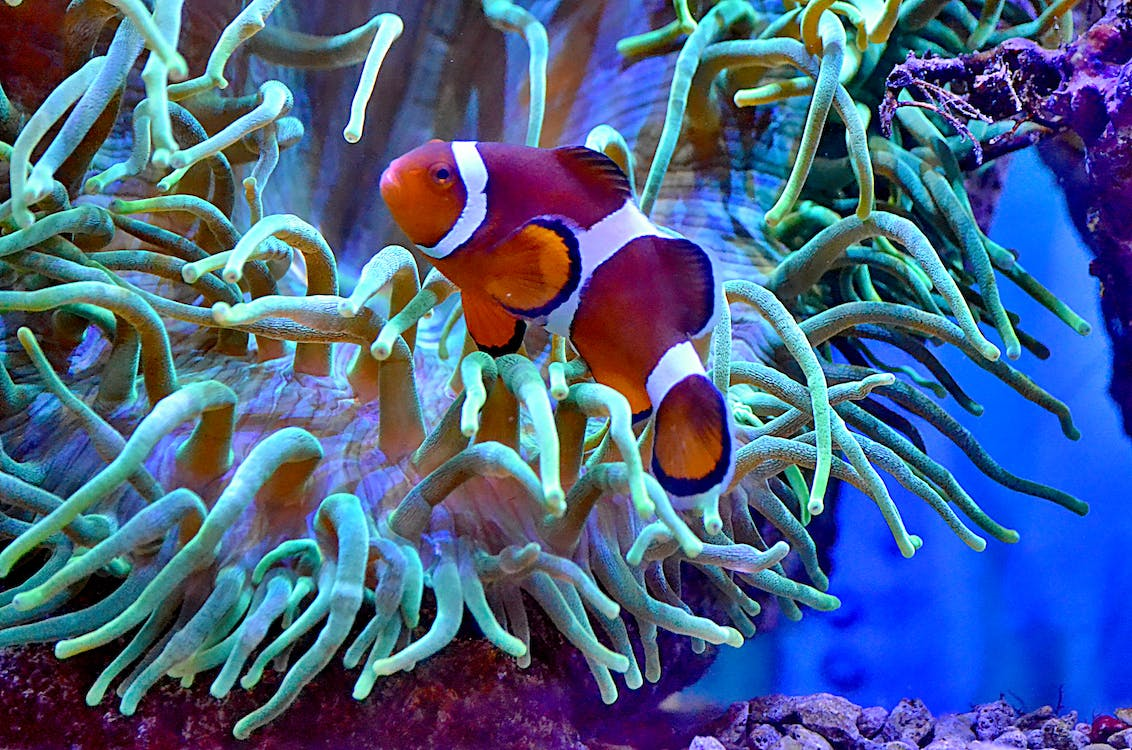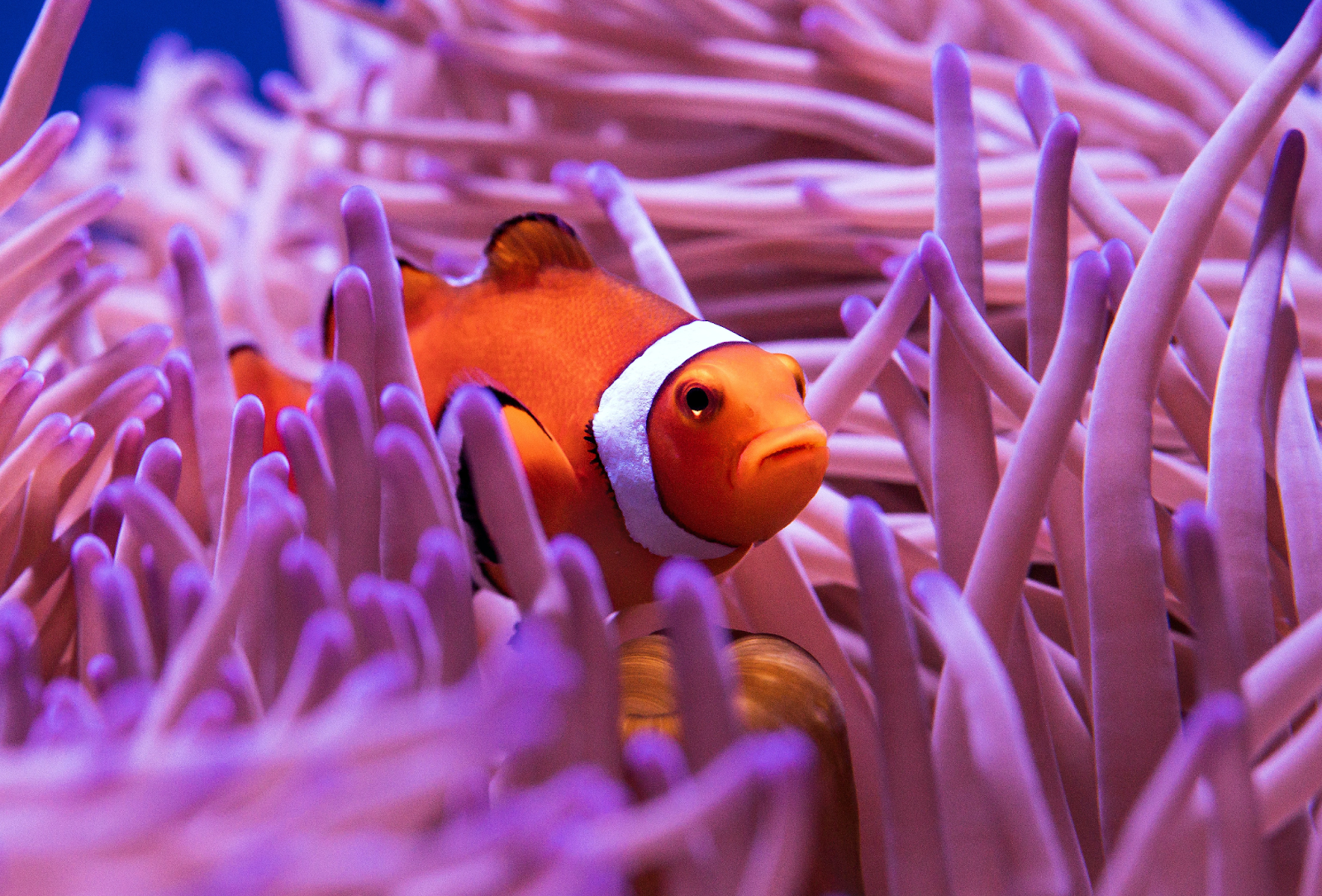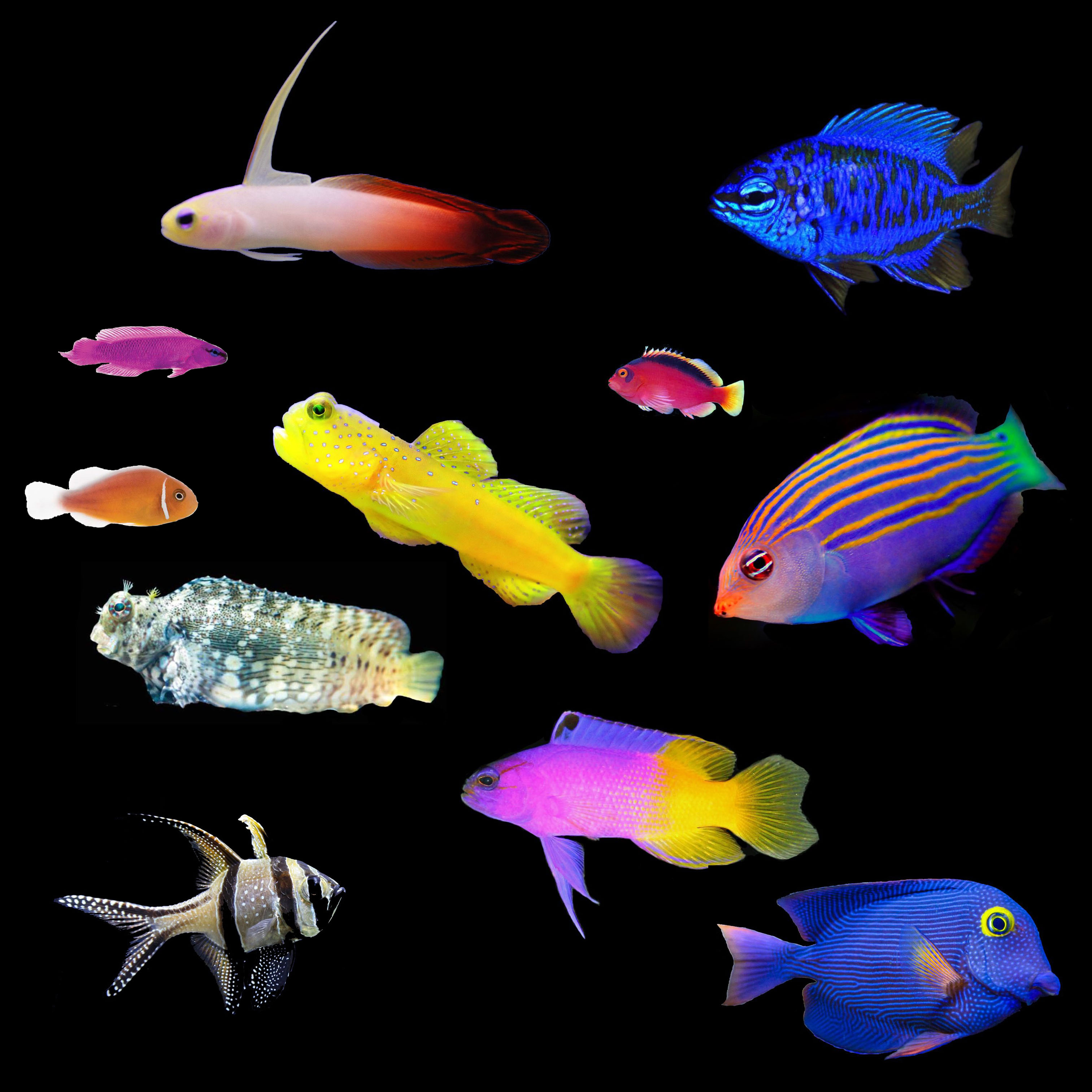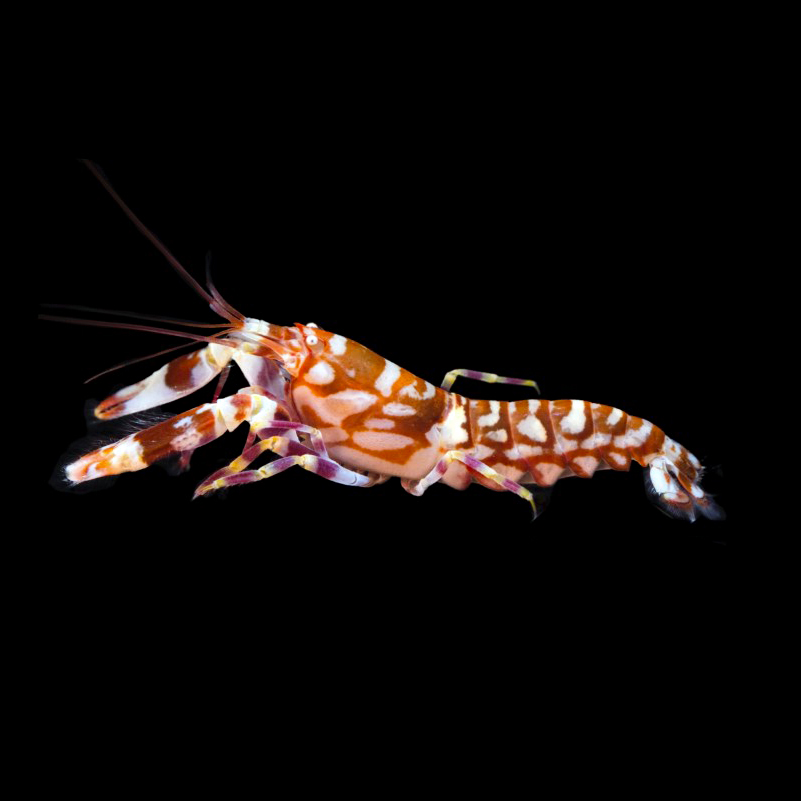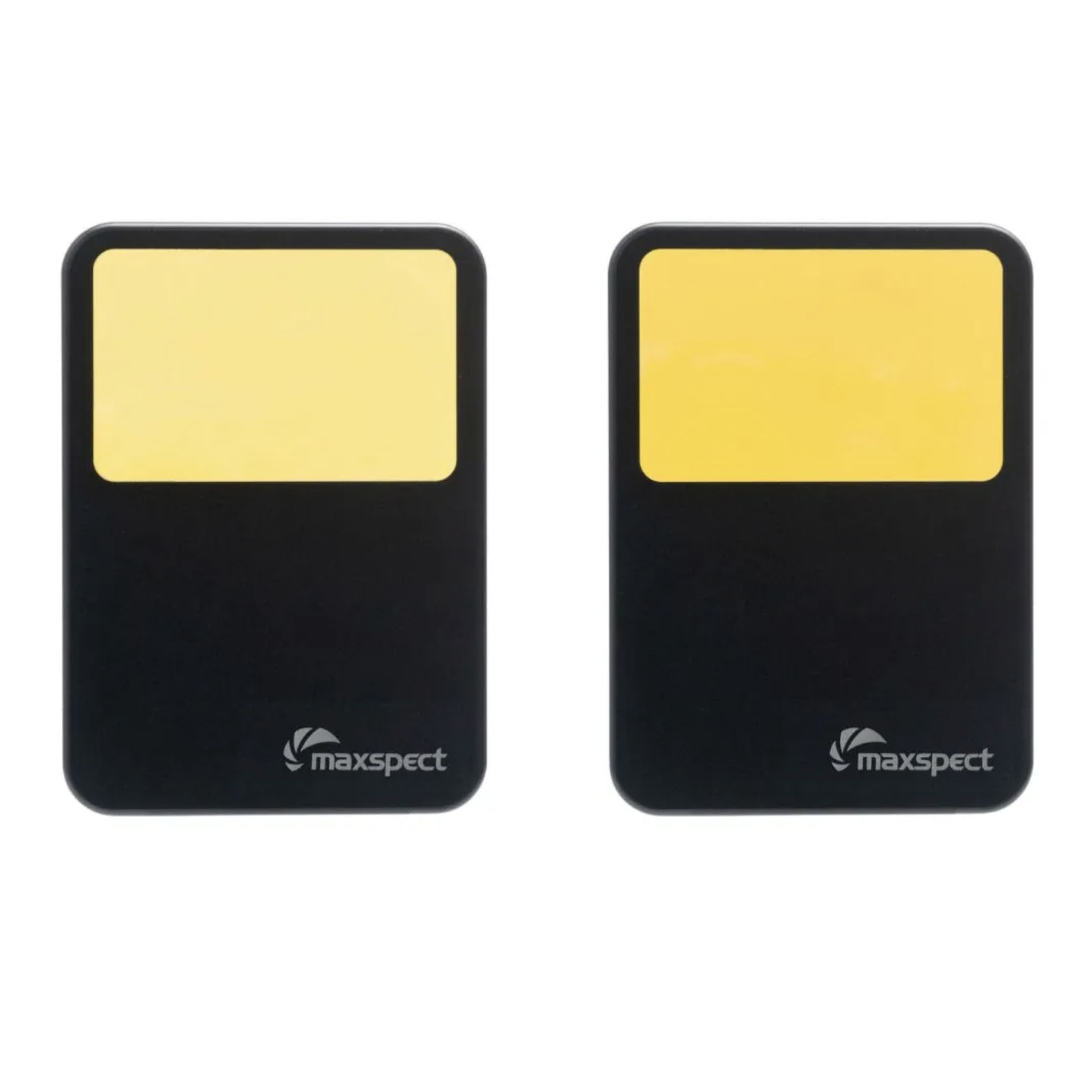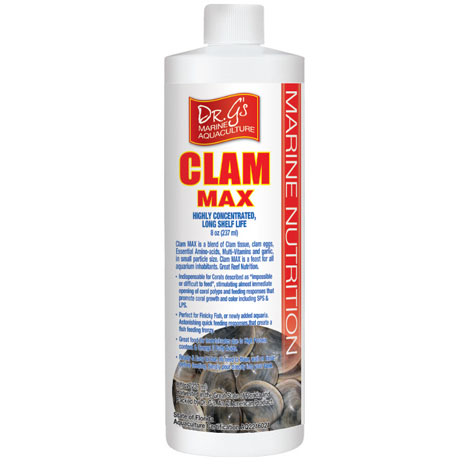We use cookies to make your experience better. To comply with the new e-Privacy directive, we need to ask for your consent to set the cookies. Learn more.
The Fuzzy Chiton: A Valuable Clean-Up Crew Addition to Your Aquarium
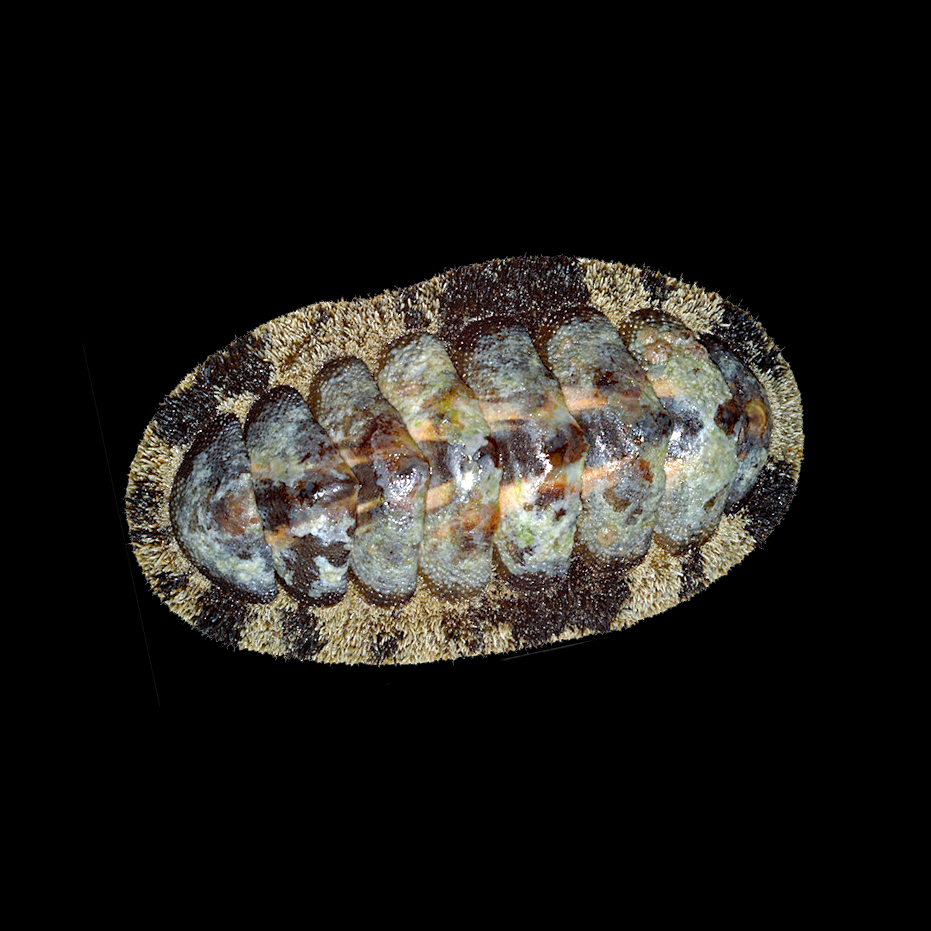
Adding unique and beneficial organisms can be both beneficial and educational to your friends and family. One such fascinating addition to your aquarium is the fuzzy chiton (Acanthopleura sp.), a marine mollusk know for its interesting and prehistoric looking appearance (and rightly so). In addition to it's appearence they also offer practical benefits in the area of tank maintenance. In this article, we will help you understand more about the interesting mollusks by exploring their unique characteristics, advantages in aquarium care, and considerations for keeping them in your aquarium.
Characteristics and Appearance:
The fuzzy chiton is a species of chiton, a type of marine mollusk belonging to the class Polyplacophora. It derives its name from the numerous tiny hairs, or setae, covering its shell, giving it a fuzzy or velvety texture. These setae serve various functions, including protection against predators and assisting in locomotion.
Typically, fuzzy chitons exhibit a coloration ranging from brown to reddish-brown, occasionally with darker stripes or spots. Their shell, composed of eight overlapping plates, provides them with a sturdy protective covering. While they may resemble small stones or patches of algae or even a Roly-Poly, their distinct appearance makes them stand out in a well-maintained aquarium. Like the Roly-Poly, if Chitons are pryed free from a surface, they will roll up into a ball to protect their soft underbelly.
Size and Lifespan:
Fuzzy chitons are relatively small in size compared to other aquarium inhabitants, typically reaching lengths of 1 to 2 inches (2.5 to 5 centimeters). Despite their modest size, they play a significant role in maintaining tank cleanliness while adding another layer of biodiversity to your saltwater aquarium. In terms of lifespan, fuzzy chitons can live for several years under suitable conditions, with some individuals surviving up to five years or more in captivity.
Diet and Cleaning Behavior:
One of the most valuable attributes of fuzzy chitons is their role as efficient cleaners within the aquarium ecosystem. These omnivorous grazers feed on a variety of organic matter, including algae, detritus, and biofilm that accumulate on tank surfaces, making them a good addition to your aquarium clean-up crew. By consuming these substances, fuzzy chitons help prevent the buildup of unwanted debris (detritus) and algae blooms, contributing to water quality and overall aquarium health.
Their feeding behavior involves scraping algae and other organic material off rocks, glass, and substrate using their specialized radula, a rasping tongue-like structure. This process not only aids in cleaning but also promotes the growth of beneficial microorganisms, which further contribute to biological filtration in the aquarium.
Predators and Compatibility:
While fuzzy chitons are generally peaceful and harmless, certain aquarium inhabitants may pose a threat to them. Predatory fish, crustaceans, and larger invertebrates may target fuzzy chitons as potential prey, particularly if they are small or vulnerable. Therefore, it is wise to choose compatible tankmates and provide adequate hiding places or shelter for the chitons to retreat if needed. With that said, it is not.
Additionally, aggressive species known for nipping at or harassing other tank inhabitants should be avoided to ensure the well-being of fuzzy chitons and other peaceful organisms.
Reproduction and Fossil History:
In their natural habitat, fuzzy chitons reproduce sexually, with females releasing eggs that are fertilized externally by male gametes. However, replicating this process in captivity can be challenging, as it requires specific environmental conditions and cues to stimulate spawning behavior. Consequently, captive breeding of fuzzy chitons is relatively rare, and most specimens available in the aquarium trade are wild-caught.
From a historical perspective, chitons have an extensive fossil record dating back millions of years, providing valuable insights into their evolutionary history and ecological significance. Fossilized chiton shells have been found in various marine sedimentary deposits worldwide, offering clues about past environments and adaptibility.
We hope this article helped you understand more about the fuzzy chiton and beneficial addition to any saltwater aquarium clean-up crew that offers both aesthetic appeal and practical advantages in tank maintenance. With their efficient cleaning behavior, modest size, and peaceful demeanor, fuzzy chitons can thrive in a well-established marine or reef aquarium alongside compatible tankmates.
While captive breeding may present challenges, the presence of fuzzy chitons can still enhance the aquarium environment and provide enthusiasts with a deeper appreciation for marine life that Biologists like me have enjoyed for decades.












